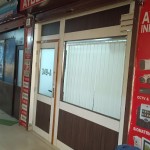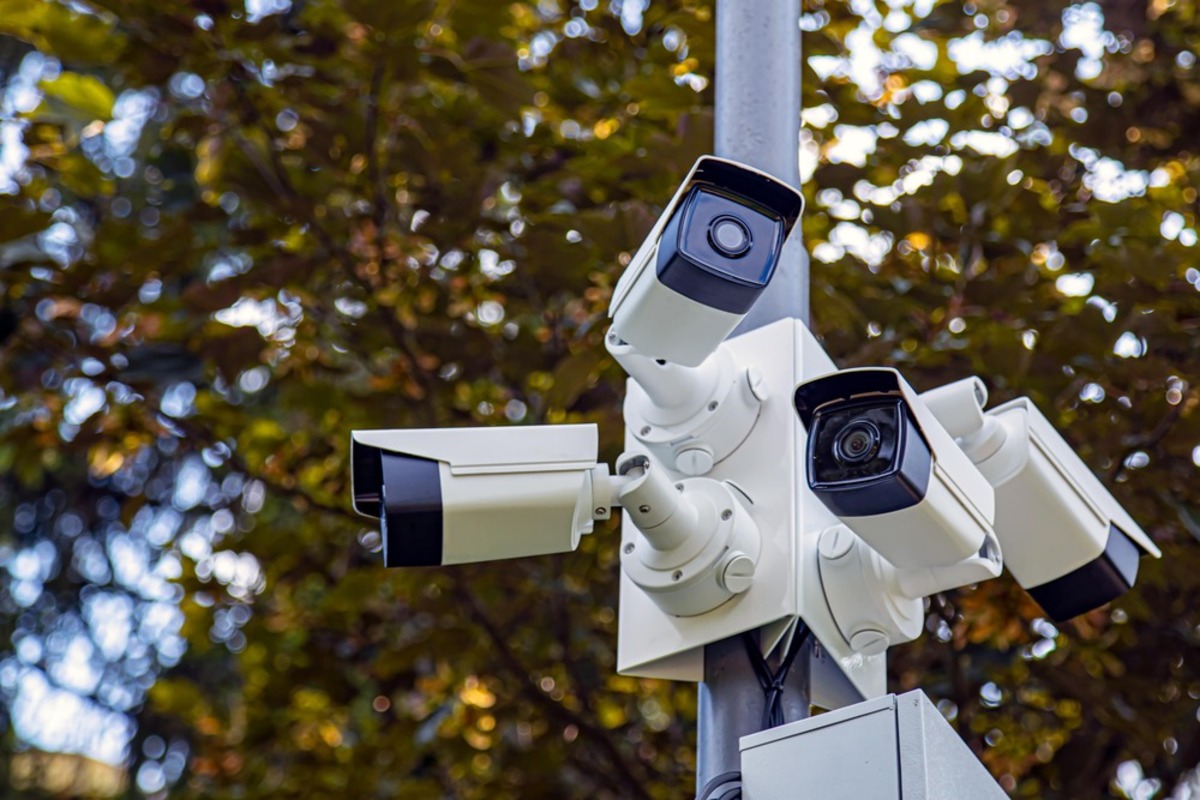In an age where security is paramount, Closed-Circuit Television (CCTV) systems stand as silent guardians, surveilling our surroundings with unwavering vigilance. But what exactly is CCTV, and how does it function?
What is CCTV?
CCTV, short for Closed-Circuit Television, refers to a system of surveillance cameras, monitors, and recorders designed to capture and record video footage in a specific area or multiple areas. Unlike broadcast television, where signals are transmitted openly, CCTV operates on a closed circuit, meaning the video feeds are only accessible to authorized users.
How Does CCTV Work?
Camera Capture: At the heart of any CCTV system lies the surveillance cameras. These cameras, strategically placed in desired locations, continuously capture video footage of the monitored area. They come in various types, including dome cameras, bullet cameras, and PTZ (Pan-Tilt-Zoom) cameras, each suited for different surveillance needs.
Signal Transmission: Once the cameras capture the footage, the video signals are transmitted through cables or wirelessly to a central monitoring location. This transmission ensures that the footage remains within the closed circuit, inaccessible to external parties.
Monitoring Station: The transmitted signals are received and displayed on monitors at a central monitoring station. Here, security personnel or system operators can observe the live video feeds in real-time. Modern advancements also allow for remote monitoring, enabling users to access the footage from anywhere via an internet connection.
Recording: In addition to live monitoring, CCTV systems often incorporate recording capabilities. The video footage captured by the cameras is stored digitally on recording devices such as DVRs (Digital Video Recorders) or NVRs (Network Video Recorders). These recordings serve crucial purposes, including forensic analysis, evidence gathering, and compliance with legal requirements.
Playback and Analysis: Recorded footage can be accessed for playback and analysis as needed. This feature is invaluable for investigating incidents, identifying suspects, and reviewing past events for security or operational purposes.
Key Components of a CCTV System:
Cameras: Capture video footage.
Monitors: Display live video feeds.
Transmission Medium: Cables or wireless technology to transmit video signals.
Recording Devices: Store captured footage for future reference.
Power Supply: Provide electricity to cameras and other system components.
Control Devices: Enable operators to pan, tilt, zoom, and control camera functions remotely.
Benefits of CCTV:
Crime Deterrence: The presence of CCTV cameras can act as a deterrent to criminal activity.
Evidence Collection: Video footage serves as valuable evidence in investigations and legal proceedings.
Monitoring and Surveillance: Allows for real-time monitoring and surveillance of critical areas.
Safety and Security: Enhances safety and security for individuals and properties.
Operational Efficiency: Helps improve operational efficiency in various industries, such as retail, transportation, and manufacturing.
Conclusion:
CCTV systems play a vital role in modern security and surveillance infrastructure. By employing cameras, monitoring stations, and recording devices, these systems provide a comprehensive solution for monitoring, recording, and analyzing video footage in both public and private spaces. Understanding how CCTV works is essential for deploying effective security measures and safeguarding assets, individuals, and communities.






Comments